Sure, you may have wanted to visit Bali for its pristine beaches, emerald rice fields, and vibrant sunsets. But beyond the picture-perfect views lies something travelers often underestimate: the challenge of getting around.
Bali isn’t built for one-size-fits-all travel. What seems like a short trip on the map can easily turn into a maze of winding roads, scooter traffic, and unexpected detours. The island moves at its own pace, and understanding how to move with it is what separates a rushed itinerary from a rewarding adventure.
From motorbikes and ride-hailing apps to private drivers and island-hopping boats, Bali offers a wide range of transport options. Knowing when, where, and how to use them can save you hours of frustration and open the door to parts of the island that many visitors never reach.
In this guide, we’ll take a closer look at Bali’s transportation landscape including your several options, its costs, some practical tips, and the road realities, so you can explore the island with clarity, confidence, and maybe even a little more freedom than you planned.
Own your COCO property in paradise with benefits for life
- +200 properties in construction
- +250 properties in full operation
- Pay 20% of your property straight from rental profit
Understanding Bali’s Transportation Landscape
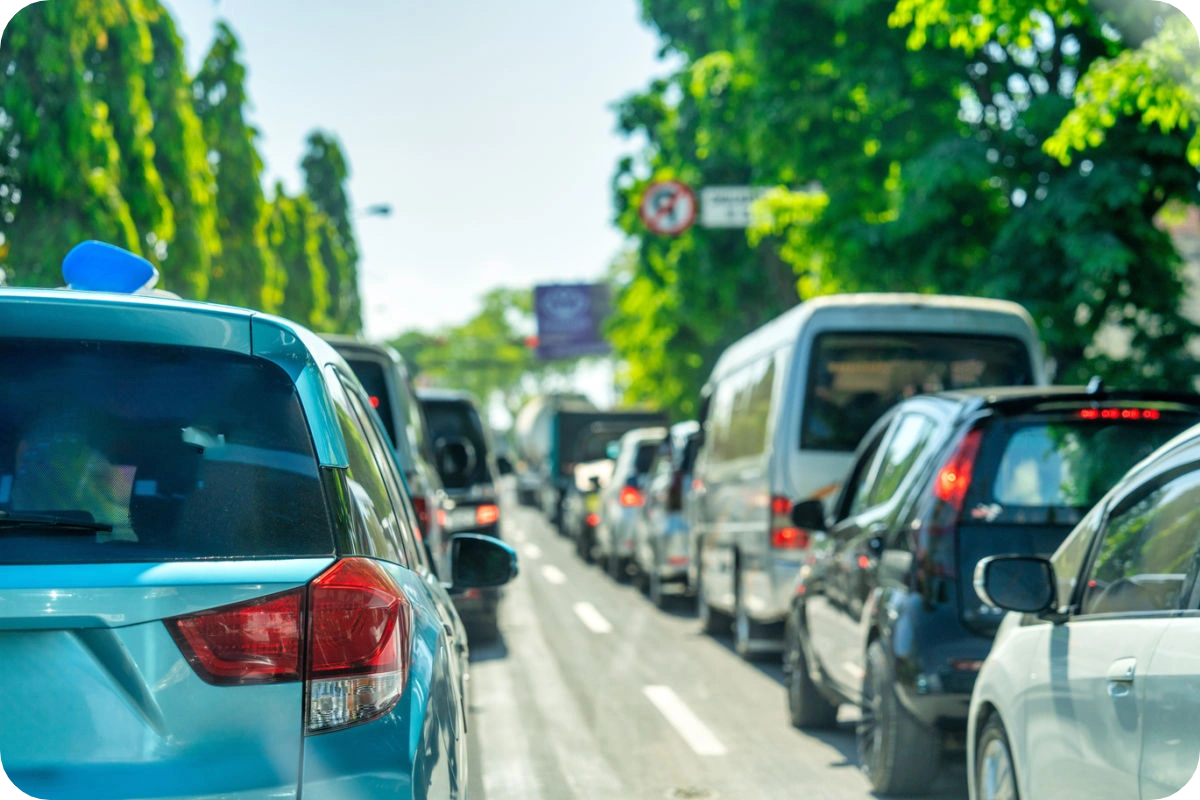
General Road and Traffic Conditions
Bali’s road system is a mix of paved highways, narrow village lanes, and winding mountain paths. Vehicles drive on the left side of the road, which can be disorienting for visitors from right-driving countries. Road signage is sometimes inconsistent, and traffic lights can be rare in more rural areas.
Here’s a quick look at traffic conditions in popular areas:
- Canggu: High scooter volume, narrow roads, and congestion during peak hours.
- Seminyak: Busy with cars and motorbikes, especially near shopping streets and resorts.
- Ubud: Congested around the town center, but quieter as you head toward rice field areas.
- Kuta & Legian: Heavy traffic, especially in the evenings; difficult to find parking.
- Denpasar: The capital city has urban congestion and more aggressive driving.
- Nusa Dua & Uluwatu: Less congested, scenic roads with occasional steep inclines.
- Sidemen & North Bali: Quieter traffic but fewer transport options; roads may be uneven.
Local Road Culture
Expect unspoken road rules. Drivers often use horns to signal overtakes or presence. Scooter riders might pass on either side, and pedestrians are rarely given right of way. Here, awareness and patience go a long way.
Safety Considerations
Wearing helmets on scooters is required by law. Accidents involving tourists are not uncommon, particularly those unfamiliar with scooters or road conditions. Always carry your international driving permit, wear appropriate gear, and avoid driving after dark when visibility drops and road lighting is poor.
It’s also strongly recommended to have travel insurance that covers motorbike use, especially if you plan to rent one.
Environmental Awareness
Traffic contributes to rising emissions in tourist-heavy zones. If you want to reduce your footprint, consider using shared transport services or renting electric scooters, which are becoming more common in areas like Ubud and Canggu.
All Transportation Options in Bali (With Costs and Tips)
Scooter and Motorbike Rentals
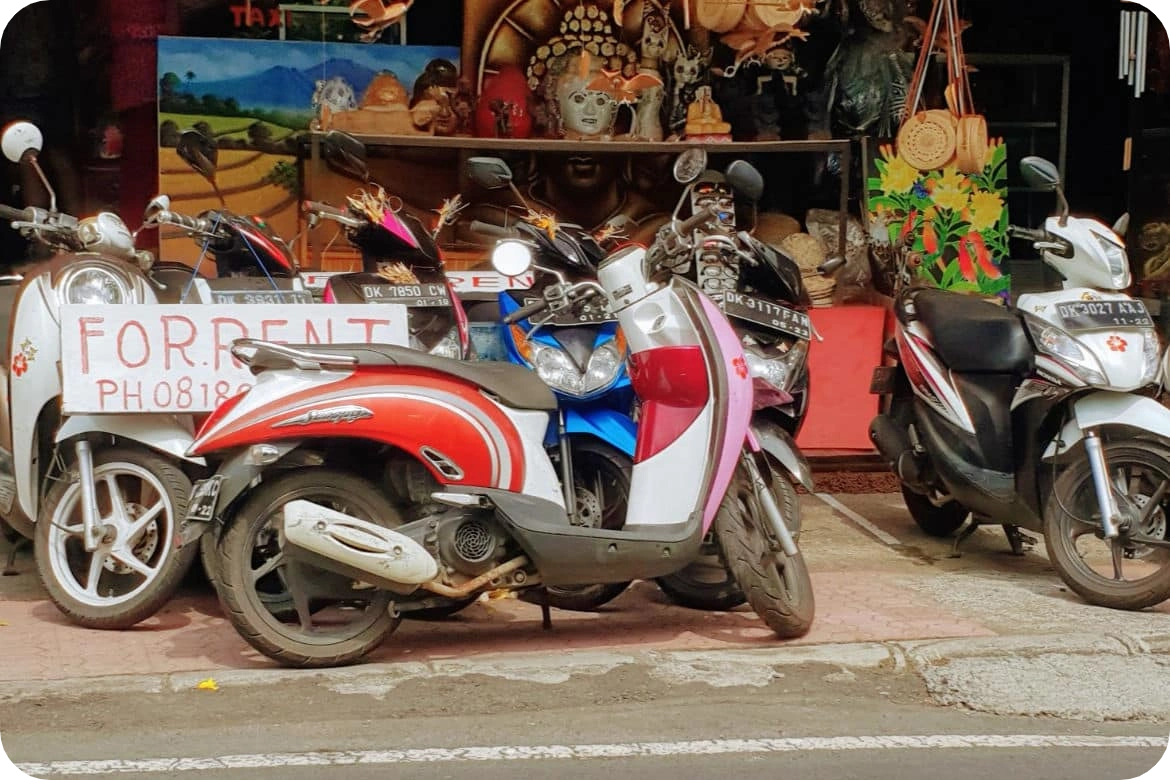
Scooters are the most popular way to get around Bali due to affordability and flexibility. They are especially ideal for navigating the island’s narrow streets, bypassing traffic, and going to places that larger vehicles could not access.
For travelers, renting a scooter is an economical choice. Daily rental costs range from IDR 50,000–70,000 ($3 to $5), while long-term rentals for a month typically cost between IDR 600,00–900,000 ($40 to $60). Fuel costs are also remarkably affordable with the gasoline priced at about IDR 10,000–15,000 ($0.65 to $1) per liter.
For this option, helmets are typically provided, though quality may vary. You also need a motorcycle endorsement on your international driving permit. Failure to produce this during police checks could result in fines. Be also sure to only rent from reputable providers and always inspect the bike before riding.
Car Rentals and Private Drivers
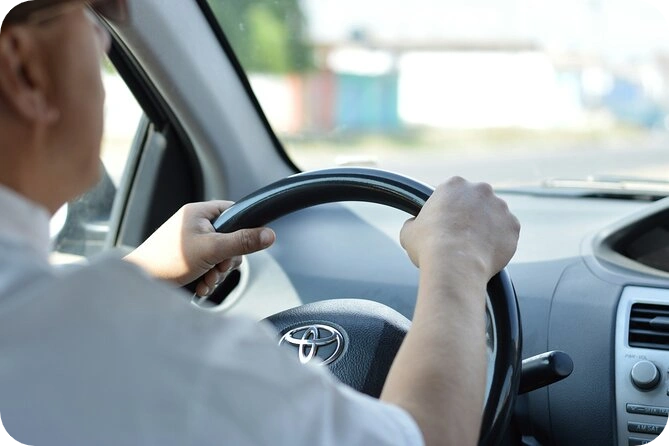
For long trips or group travel, renting a car is a practical choice. Many rental companies provide self-drive choices or the “car with a driver” package to renters for extra convenience. Self-drive rentals usually range from IDR 200,000 to 500,000 (around $13 to $33) per day, not including fuel costs, but navigating Bali’s narrow roads and unpredictable traffic may not suit everyone.
A more convenient choice is hiring a car with a driver which typically costs around IDR 600,000 and 1,000,000 (about $40 to $65) daily, often inclusive of fuel and parking. This option not only saves you from the stress of driving but also gives you access to a local driver’s knowledge of attractions and hidden gems, making your journey smoother and more enjoyable.
So, if you plan to use this service, you should budget at least IDR 7,000,000 more for your weekly travel expenses.
Enjoy Full-Service Property Solutions
Invest, build, and manage all in one place. We provide turnkey solutions, so you can focus on enjoying the lifestyle while we handle the rest.
Taxis and Ride-Hailing Apps
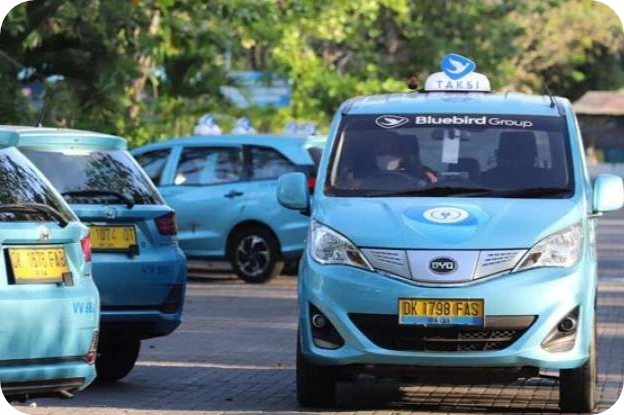
Metered taxis, especially Bluebird, are reliable and affordable for short trips. But remember to always insist on using the meter to avoid overpaying. You may also take advantage of the Bluebird mobile app for quick and hassle-free bookings.
Taxis are especially convenient if you’re short on time and have enough travel funds allocated for transportation. Unlike Grab and Gojek rides, they can pick you up and drop you off anywhere, and they operate on meter, ensuring justifiable and transparent fare prices. Yet, be cautious with unlicensed ones because they might overcharge you more than the regular fare.
For reference, short taxi rides in cities range from IDR 30,000 to 50,000 ($2 to $3), whereas longer trips fall between IDR 300,000 and 400,000 ($20 to $26).
Motorbike Taxis (Grab/Ojek/Gojek)
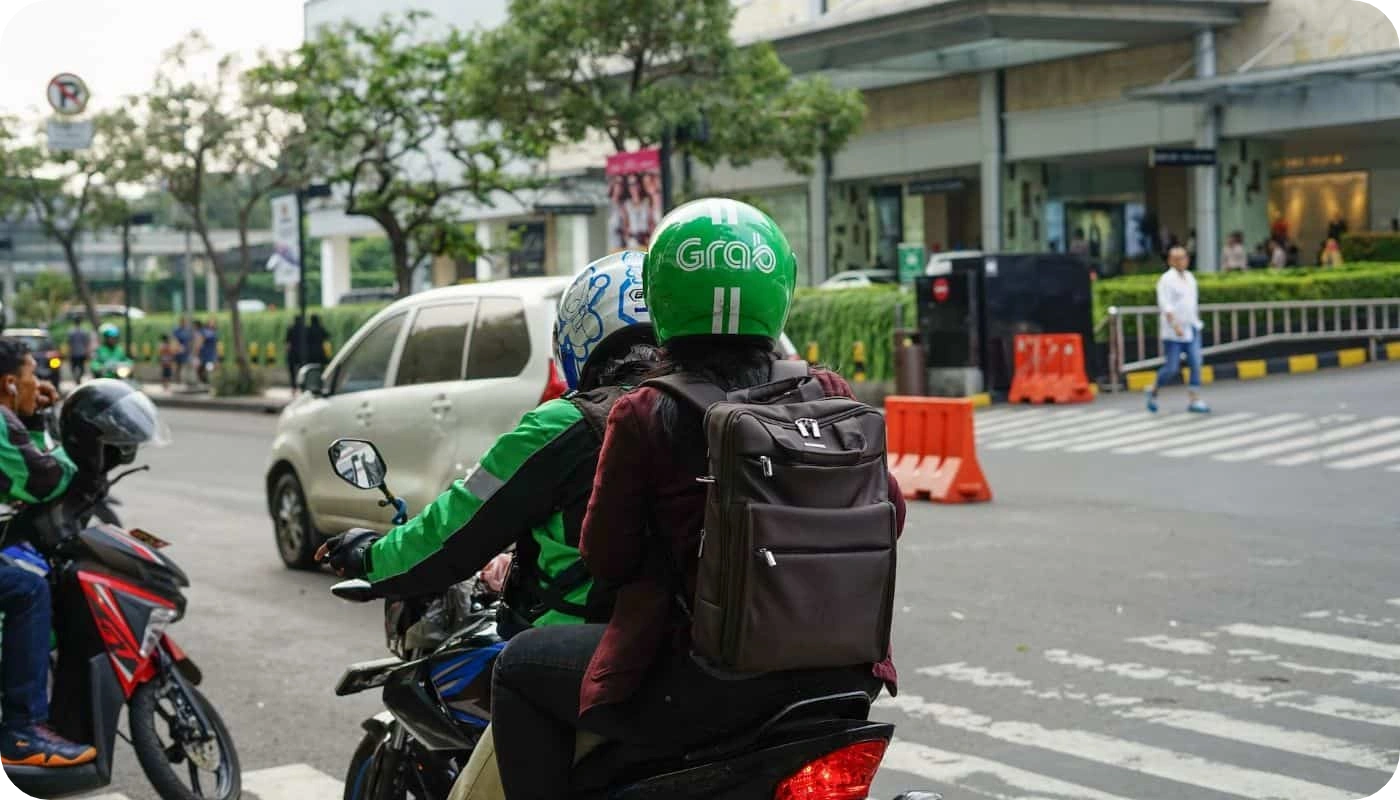
If you’re traveling solo and only need to go short distances, motorbike taxis (ojeks) are one of the fastest and cost-effective options. They are available via the Gojek app or can be found waiting along the roadside in urban areas. They offer a good way to beat traffic and save money, though they may not be suitable for those with large bags or luggage.
For more comfort, both apps also offer car rides, which are reliable but more expensive. Prices in major tourist areas typically fall between IDR 50,000–150,000 ($3 to $10) and may increase if bookings are made during peak hours. Though relatively cheaper and easily accessible, note that in certain zones such as Ubud and the airport, these ride-hailing apps may be restricted due to local transport regulations. In such cases, walking a few minutes away from the restricted zone before booking may be your best option.
Pro Tip: Gojek and Grab also have food delivery services, making them a convenient option for both locals and tourists.
Public Transport Options
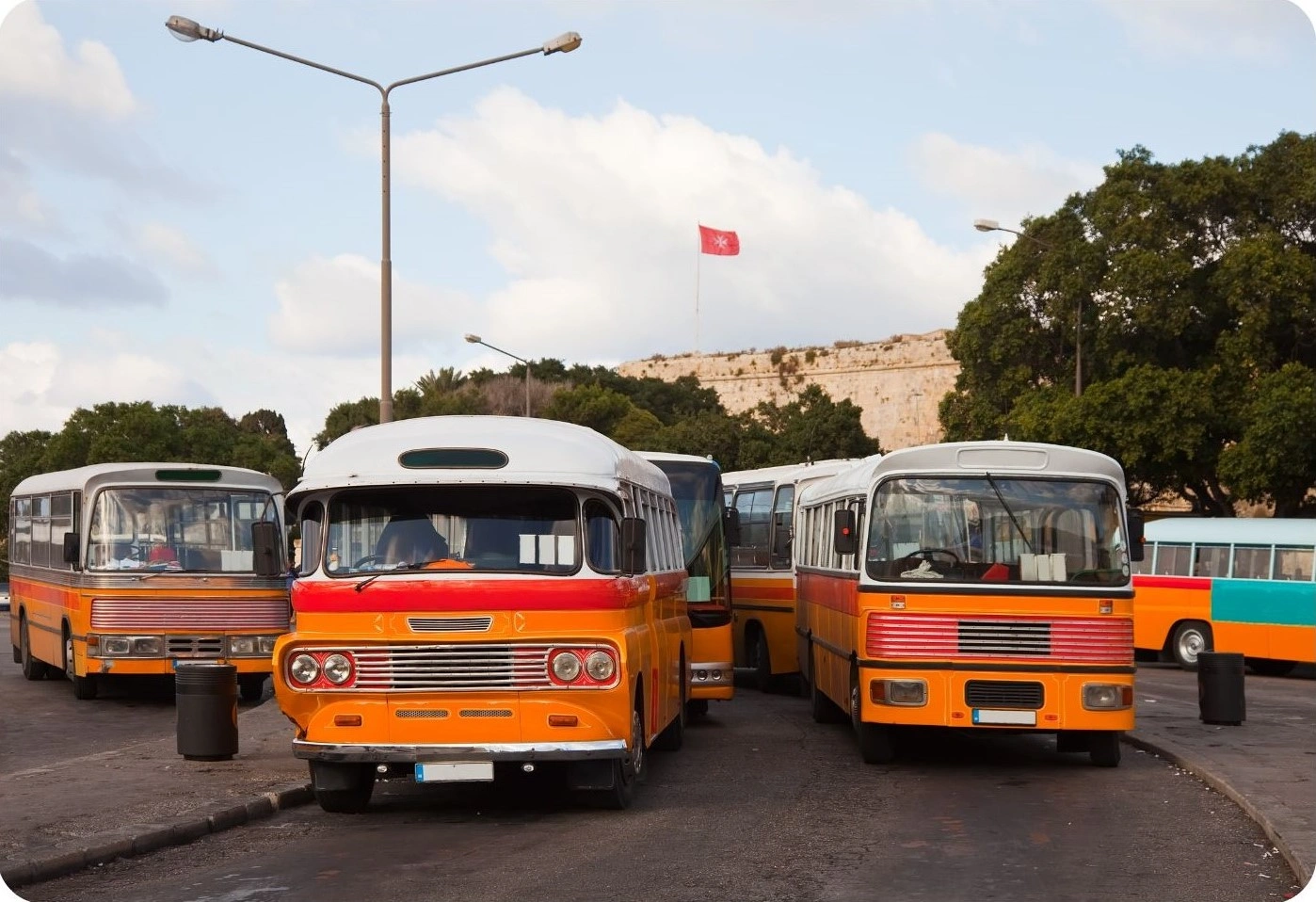
Public transportation in Bali is not as accessible or as reliable as other transport options in this list, yet it can be suitable for travelers with tight travel budgets.
You can ride a bemo, which is Bali’s shared minivan used for short trips. They are especially abundant in busy towns and are generally inexpensive, with fares ranging between IDR 5,000–20,000 ($0.35 to $1.30) per ride. However, their routes rarely reach beyond neighboring towns.
For travels between cities, tourist buses are a preferable choice. These buses link sought-after locations, with ticket prices usually falling between IDR 50,000–150,000 ($3 to $10), depending on the distance. While not as fast as taxis or personal cars, they offer an economical option for transportation among budget travelers.
If you’re considering these options, be sure to note the following:
- Bemos: These minivans are used by locals and follow no fixed schedule. They are cheap but difficult for tourists to navigate due to language barriers and unclear routes.
- Kura-Kura Bus: This tourist-friendly shuttle runs between popular spots like Kuta, Seminyak, Sanur, Ubud, and Nusa Dua. Tickets can be booked online or at designated stops. Buses are air-conditioned and reliable.
- Perama Shuttle: Geared toward backpackers, Perama operates intercity routes and is an affordable way to get from south Bali to Lovina or the Gili Islands.
Airport Transfers
Upon arriving at Ngurah Rai International Airport, you have several options for transfer:
- Official Airport Taxis: Located at the arrival terminal with a fixed fare table.
- Ride-Hailing Apps: May be blocked from airport pickups in certain zones, though pickup points just outside the airport can be used.
- Hotel Shuttles: Many hotels offer complimentary or paid transfers. Pre-arranging these ensures a hassle-free arrival.
why investors choose
coco development group?

Passive income on full auto pilot
Profit Maximization
We do not just put your property on Airbnb hoping for a guest to book it. More than 40% of our bookings comes today through our own medias, a strong community and a digital and data driven management approach.
A Convenient and fast payment system
The investors receive net profits currency that is convenient for them. we transfer the money once every three months
No need to handle taxes
High Liquidity
Fast Payback
Oceanside villas in Bali are in High demand for daily rentals. You will earn about 5000 USD per month
Inter-Island Boat Transfers
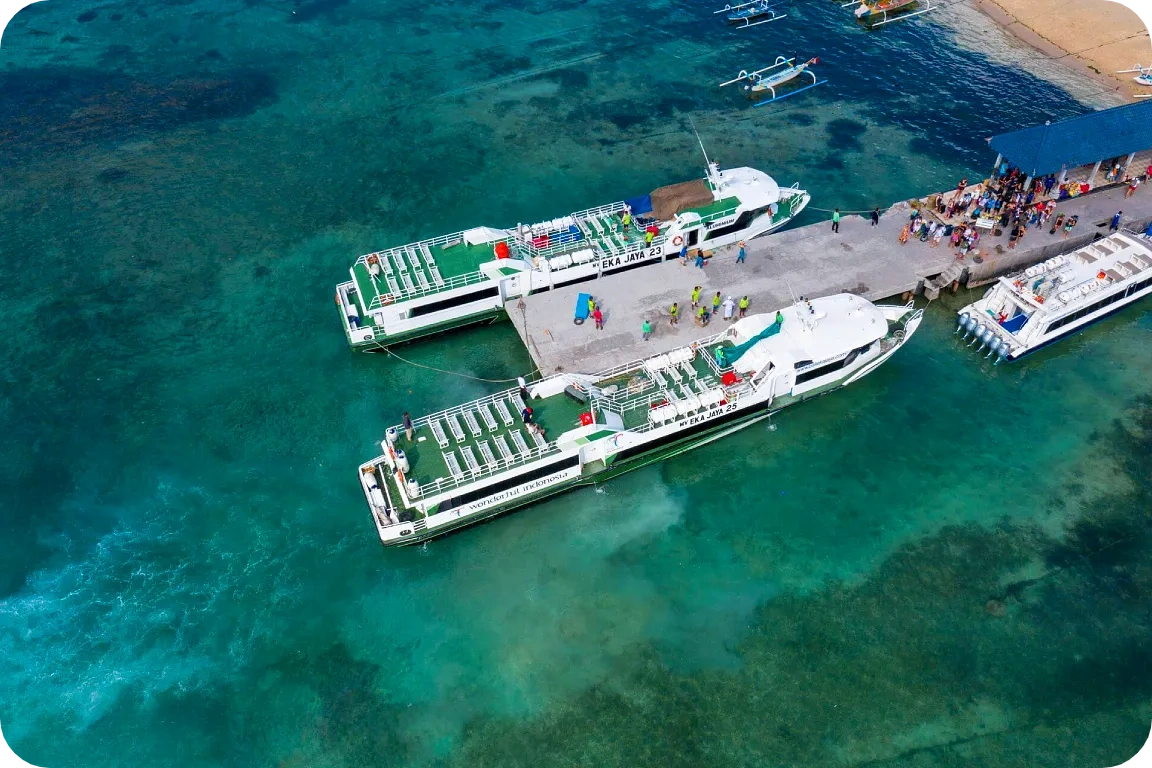
To explore nearby islands such as Nusa Penida, Nusa Lembongan, Lombok, or the Gili Islands, you can book fast boat services from ports like Sanur or Padang Bai.
Fast boats take between 30 to 90 minutes depending on the destination. Book tickets from reputable providers and avoid third-party resellers offering unusually low rates. Life jackets should be provided, and weather delays are common during the rainy season.
Domestic flights are also available from Bali to other Indonesian destinations like Java, Komodo, and Sumatra.
Alternative Transport: Bicycles and Walking
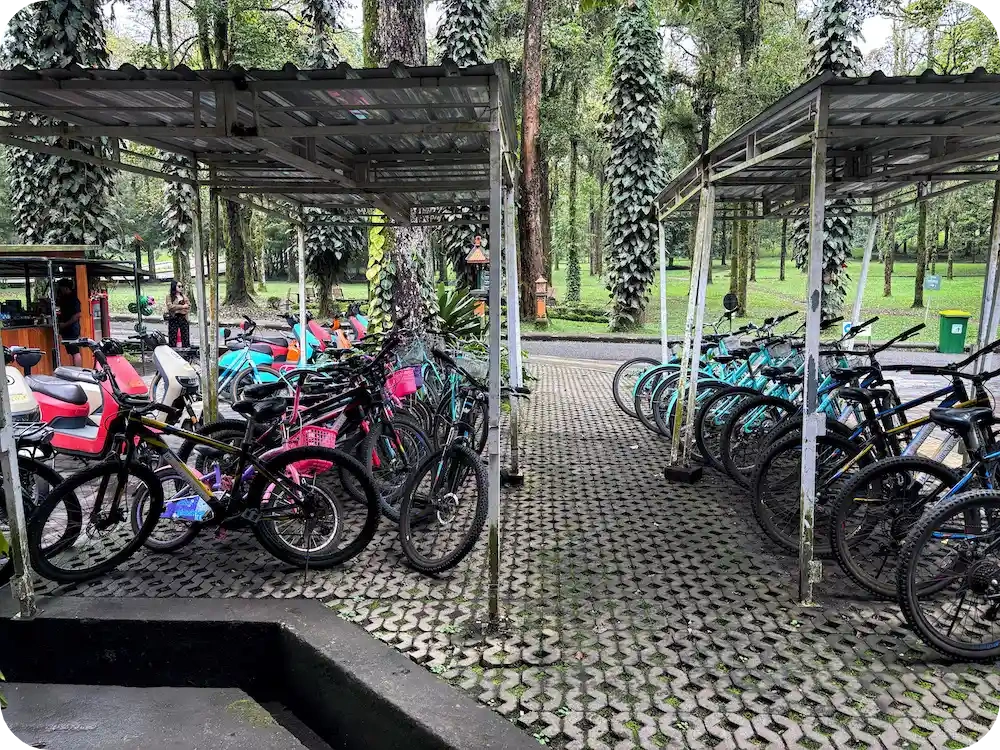
An excellent substitute for the choices mentioned above is biking. It is specifically great for anyone who wants to be more green-conscious as you can enjoy the island’s magnificent views while having your carbon footprint on close watch. Biking through the island is also economical as the rents are affordable: daily rate is between IDR 30,000 and IDR 50,000 ($2 and $3), and the monthly rent is at IDR 300,000 ($20).
Of course, you can also walk but walking is only possible in small towns or specific tourist zones. But remember: sidewalks can be inconsistent or entirely absent, especially outside major areas. Still, it remains the best way to explore certain villages or local markets.
Transportation for Different Types of Travelers
Bali may be a compact island, but the way you get around can vary greatly depending on who you’re traveling with—or if you’re traveling solo. What’s convenient for one group might be uncomfortable or impractical for another. Below is a breakdown of the best transport choices based on different types of travelers to help you make the most practical and enjoyable decisions.
Solo Travelers
Traveling alone in Bali comes with a lot of freedom, and luckily, there are transport options to match that flexibility. Renting a scooter is a popular and budget-friendly choice for solo travelers who are confident riding on two wheels. It allows you to navigate traffic, explore off-the-beaten-path spots, and travel on your own schedule.
For those who prefer not to drive, Gojek and Grab offer affordable motorbike or car rides that are quick and reliable. Public transportation, such as the Kura-Kura Bus or shuttle services like Perama, is also worth considering for longer distances, especially if you’re looking for a more laid-back way to get around while meeting other travelers.
Couples or Friends
If you’re exploring Bali as a pair or in a small group, shared rides or car rentals can offer the perfect balance between convenience and cost. Splitting the cost of a ride-hailing car or private driver makes travel efficient and budget-friendly, especially when heading out on day trips or multi-stop itineraries.
For couples wanting extra comfort or groups hoping to cover more ground in a day, hiring a car with a driver is an excellent option. It removes the stress of navigation and parking while giving you the flexibility to visit temples, beaches, and scenic routes without rushing.
Families with Children
Traveling with kids in Bali requires a bit more planning, especially when it comes to safety and comfort. Scooters are best avoided, even for short trips. Instead, hiring a private car with a driver offers a more relaxed experience, with room for strollers, luggage, and rest stops when needed.
Many drivers and transport companies can provide vehicles with child seats upon request, so be sure to arrange this in advance. A dedicated driver also means you can stick to your family’s pace, avoiding crowded buses and long waits while ensuring the journey remains enjoyable for everyone.
Senior Travelers or Those with Mobility Needs
For older travelers or anyone with limited mobility, comfort and accessibility are top priorities. In this case, scooters and ojeks are not recommended due to balance and safety concerns. Instead, opt for hotel-provided transport or hire a private driver who can accommodate your specific needs.
Staying in flatter, more walkable areas such as Sanur can also make daily movement easier. These regions offer better sidewalks, calmer streets, and easier access to restaurants, shops, and the beach without the need for strenuous navigation or long commutes.
Maximize Your ROI With Data-Driven Management
Benefit from our advanced marketing channels, strong community presence, and direct bookings that outperform standard Airbnb listings.
Navigation and Travel Tools
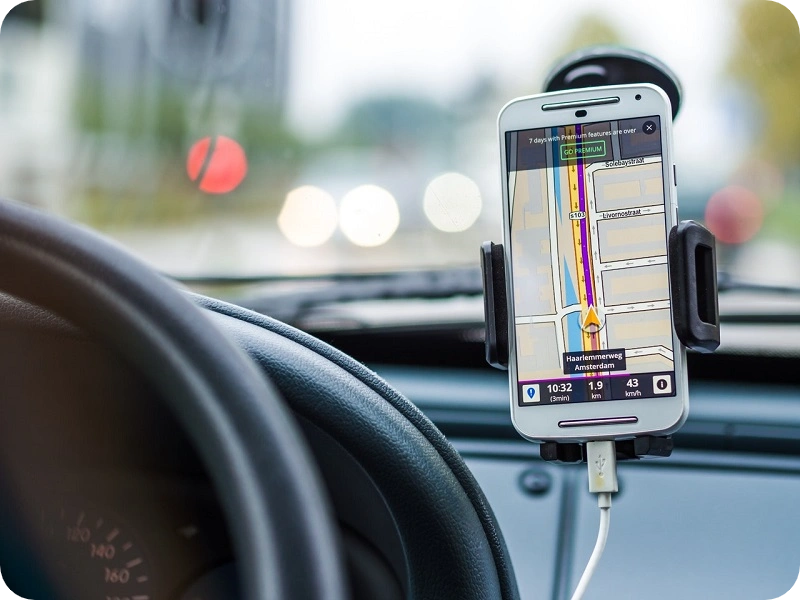
Getting around Bali becomes significantly easier when you’re equipped with the right digital tools. From navigating narrow roads to booking rides and checking traffic, these apps and services help travelers stay informed, connected, and mobile throughout the island. Here’s what you need to know about the most useful navigation tools in Bali and how to make the most of them.
Google Maps
Google Maps is widely used in Bali and is generally reliable for navigation, especially in urban and tourist-friendly areas like Seminyak, Canggu, Ubud, and Sanur. It provides detailed directions whether you’re driving, walking, or riding a motorbike. However, the estimated travel times can sometimes be inaccurate during heavy traffic or in rural zones where real-time data is limited. It’s best used alongside local traffic apps for better accuracy.
Waze
Waze is particularly useful for drivers who want to avoid congestion and find the fastest routes in real time. Since it’s crowdsourced, Waze offers more up-to-date information on traffic jams, roadblocks, and detours — which is helpful in busy zones like Denpasar or during rush hour in tourist areas. It’s most beneficial if you’re renting a car or hiring a driver and want to stay ahead of delays.
Grab and Gojek
Grab and Gojek are the two main ride-hailing apps in Bali. Both are widely used for booking motorbike taxis (ojek), car rides, and even food or package deliveries. Once downloaded, you can set your pick-up and drop-off points, choose the type of vehicle, and see fare estimates before booking. Payment can be made in cash or through linked digital wallets.
These apps work best in areas like Kuta, Seminyak, Canggu, and Ubud. However, in some places, especially around the airport or in central Ubud, local transport unions may restrict pick-ups. If that happens, a short walk outside the restricted area usually resolves the issue.
Maps.me
Maps.me is a helpful app for navigating Bali without using mobile data. It allows you to download detailed maps in advance, which is ideal for remote areas with poor signal, such as the northern countryside or island hikes. The app includes walking paths, smaller roads, and landmarks that are sometimes missing from larger platforms.
SIM Cards and Mobile Data
To use any of the navigation and transport apps effectively, you’ll need a local SIM card with mobile data. SIM cards are easy to purchase upon arrival at Ngurah Rai International Airport or from convenience stores and kiosks across the island.
The most recommended providers are Telkomsel and XL Axiata, both of which offer good island-wide coverage and affordable data packages. For tourists, prepaid plans usually start from as low as IDR 50,000 for several gigabytes of data, depending on the duration and volume you need. Activating the SIM usually requires a quick registration process, which staff will help you with at the point of sale.
Practical Tips and Local Etiquette
Getting around Bali is smoother when you’re aware of a few practical guidelines and local expectations. These tips can help you avoid misunderstandings, prevent unnecessary expenses, and travel more respectfully and efficiently throughout the island.
Tipping Drivers
Tipping is not compulsory in Bali, but it is appreciated, especially in the tourism and service industries. When hiring a private driver or using a ride-hailing app like Grab or Gojek, a small tip of around 5,000 to 20,000 IDR (roughly 0.30 to 1.30 USD) is a courteous way to show appreciation for good service. If the driver has waited for you during stops or gone out of their way to assist, offering a bit more is considered polite.
Negotiating Fares
While app-based rides use fixed pricing, non-metered taxis and local drivers often rely on negotiation. Always agree on a price before starting your trip to avoid disputes later. In tourist-heavy areas, it’s common for initial quoted prices to be inflated, so feel free to negotiate respectfully. Having a general idea of local fares (either from apps or travel forums) can help you bargain more confidently.
Parking and Fueling
If you’re renting a scooter or car, be prepared for limited parking space, especially in areas like Seminyak, Canggu, and Ubud. Look for marked lots or designated roadside spots, and avoid blocking entrances or narrow roads. Illegally parked vehicles may be fined or towed.
Fuel is widely available and inexpensive. The safest option is to refuel at Pertamina gas stations, where pricing is regulated. You’ll also find small roadside stalls selling bottled petrol, commonly called Pertamini. While convenient, these are more expensive and occasionally lower in quality, so use them only when necessary.
Travel Insurance for Motorbike Use
If you plan to rent and drive a scooter, check that your travel insurance policy covers motorbike use. Many standard policies exclude two-wheel vehicles or require that the driver hold a valid motorcycle license in both their home country and in Indonesia. Riding uninsured can leave you exposed to high medical or liability costs in the event of an accident.
Avoiding Common Scams
Tourist-targeted scams can occur, particularly in transport-related services. Here are a few things to watch out for:
- Use official taxis like Bluebird, which are metered and regulated. Avoid unmarked vehicles or drivers refusing to use the meter.
- Double-check rental agreements before signing. Read the fine print, and take photos of the vehicle before and after use to avoid false damage claims.
- Ensure proper safety gear such as helmets is provided with scooter rentals, and confirm that the bike is in good working condition.
- Be cautious with overly cheap rental offers, especially from street vendors. If it seems too good to be true, it usually is.
Construction you can trust
We handle all the details – no hassle for you.

5 Years full warranty

20+ Finished developments in Bali by our team

25+ Years of shared experience
FAQ
Yes, you need an international driving permit with a motorcycle endorsement. Driving without one can result in fines or insurance avoidance.
It depends on your comfort level. Traffic can be chaotic, especially for inexperienced riders or drivers. Hiring a driver is often safer.
For short distances, scooter rentals or Gojek rides are the most affordable. For intercity travel, Perama shuttles are budget-friendly.
Options are limited late at night. Gojek and Grab may still operate in urban areas, but availability drops in more rural zones.
Yes, many travelers hire the same driver for several days. This offers consistency and often comes with discounted rates.
Where You Go Matters—So Does How!
Transportation in Bali is more than a matter of convenience; it influences how you experience the island’s rhythm, interact with locals, and reach the lesser-known places that make a trip unforgettable. Choosing the right way to get around can open the door to spontaneous discoveries, whether it’s a quiet beach you stumble upon during a scenic drive or a conversation with a driver who offers insights you won’t find in any guidebook.
While the logistics may seem daunting at first, a thoughtful approach can turn daily travel into something seamless and even enjoyable. Embracing the island’s unique pace, being aware of your surroundings, and preparing with the right tools will allow you to move with purpose and confidence. In the end, how you explore Bali will shape not just what you see, but how deeply you connect with everything it has to offer.

Rasmus Holst is a serial entrepreneur and Co-Founder of COCO Development Group, where he helps drive innovation and growth through strategic business development. He is also the Co-Founder of Estate of Bali and Regnskabshelten.dk, Denmark’s fastest-growing accounting firm, which grew to 35 employees and generated $2.5M in turnover in 2023. Rasmus is passionate about building businesses that create long-term value and impact.













